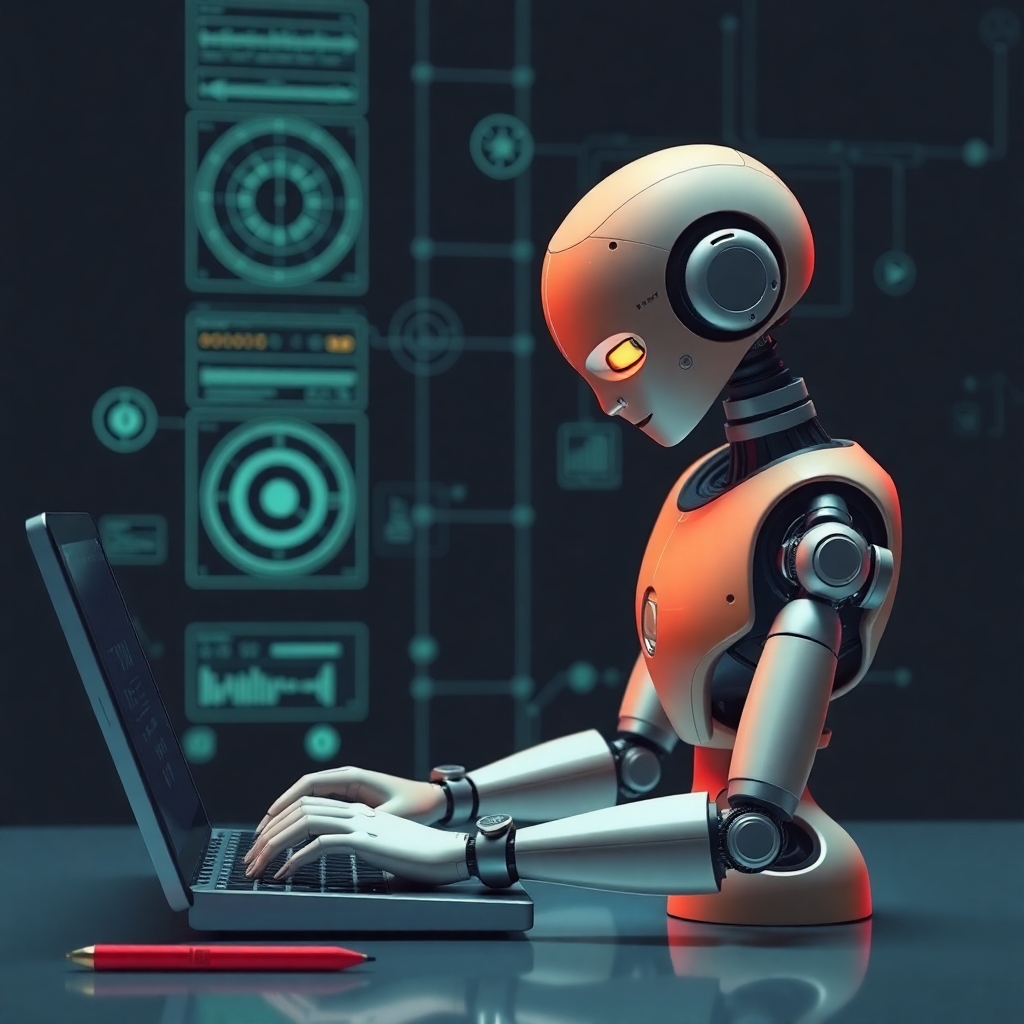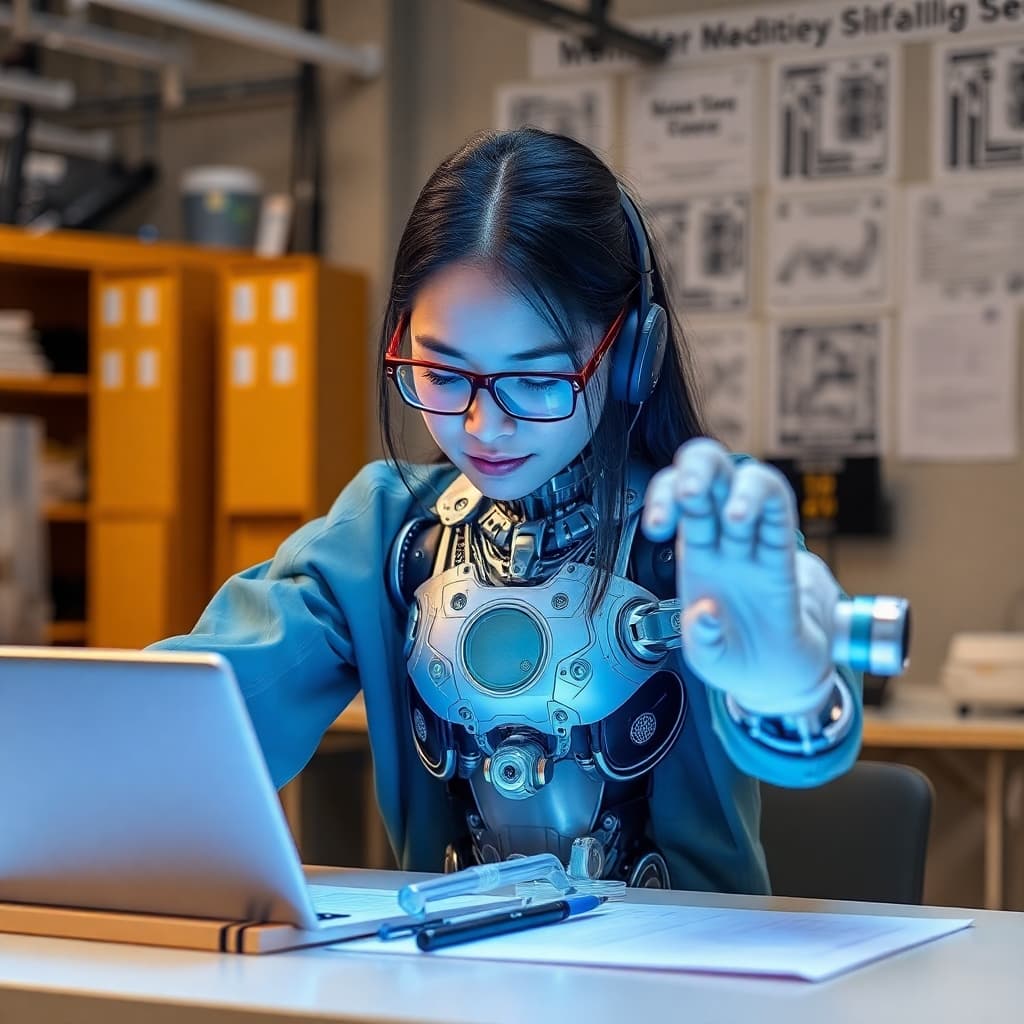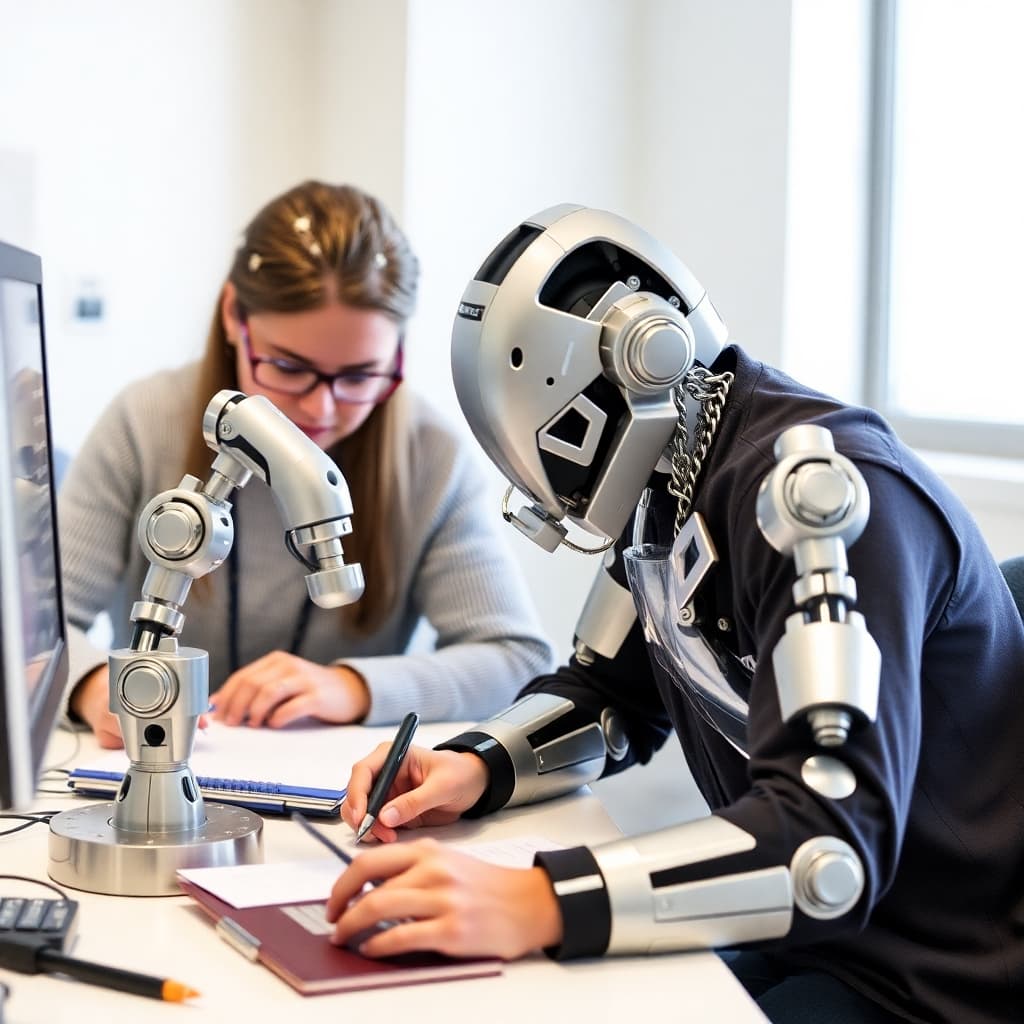The AI Assessment Revolution: Rethinking How We Measure Learning

Assessment has long been a cornerstone of education, serving as a means to measure student progress, inform instructional decisions, and evaluate the effectiveness of educational programs. However, traditional assessment methods often fall short in capturing the full spectrum of student abilities and learning. Enter Artificial Intelligence (AI), which is revolutionizing the way we approach educational assessment. This article explores how AI is transforming assessment practices and what it means for students, educators, and the future of learning.
The Limitations of Traditional Assessment
Traditional assessment methods, such as standardized tests and written exams, have several limitations:
- They often focus on rote memorization rather than deep understanding.
- They provide a snapshot of performance rather than a continuous view of learning.
- They may not account for different learning styles or diverse student backgrounds.
- They can be subject to bias and human error in grading.
- They may cause significant stress and anxiety for students.
How AI is Transforming Assessment
AI technologies are addressing these limitations and revolutionizing assessment in several ways:
1. Continuous Assessment
AI-powered systems can monitor student performance continuously, providing a more comprehensive view of learning over time. This approach, known as "stealth assessment," can gather data on student progress without the need for formal testing sessions.
2. Adaptive Testing
AI can create adaptive tests that adjust difficulty based on student responses, providing a more accurate measure of ability and reducing test anxiety.
3. Natural Language Processing
AI can analyze written responses and even spoken language, allowing for more nuanced assessment of communication skills and conceptual understanding.
4. Pattern Recognition
By analyzing vast amounts of data, AI can identify patterns in student work that may indicate areas of strength or needed improvement, often catching subtle indicators that human graders might miss.
5. Multimodal Assessment
AI can integrate data from various sources - including written work, project-based learning, peer interactions, and even physical movements in VR environments - to provide a more holistic view of student capabilities.
Benefits of AI-Powered Assessment
1. More Accurate and Fair Evaluation
By reducing human bias and providing a more comprehensive view of student abilities, AI-powered assessment can offer more accurate and equitable evaluations.
2. Personalized Feedback
AI can provide immediate, personalized feedback to students, helping them understand their strengths and areas for improvement in real-time.
3. Informed Instructional Decisions
Educators can use the rich data provided by AI assessments to make more informed decisions about curriculum and instructional strategies.
4. Reduced Testing Time
Adaptive tests powered by AI can often provide accurate assessments in less time than traditional standardized tests, leaving more time for actual learning.
5. Support for Diverse Learners
AI-powered assessment can adapt to different learning styles and needs, providing a more inclusive evaluation process for diverse student populations.
Challenges and Considerations
While AI offers tremendous potential in assessment, there are several challenges to consider:
-
Data Privacy: The collection and analysis of extensive student data raise important privacy concerns that must be carefully addressed.
-
Algorithmic Bias: AI systems can potentially perpetuate or even amplify existing biases if not carefully designed and monitored.
-
Technological Access: Ensuring equal access to AI-powered assessment tools across different socioeconomic groups is crucial for maintaining educational equity.
-
Teacher Training: Educators need proper training to effectively interpret and use the data provided by AI assessment systems.
-
Balancing Quantitative and Qualitative Assessment: While AI excels at quantitative analysis, it's important to maintain a balance with qualitative, human-led assessment practices.
The Future of AI in Assessment
As AI technologies continue to evolve, we can expect even more innovative approaches to assessment:
-
Emotion AI: Systems that can recognize and respond to students' emotional states during assessment, potentially reducing test anxiety and providing a more supportive evaluation environment.
-
Virtual Reality Assessments: Immersive VR environments that allow for the assessment of complex skills and problem-solving abilities in realistic scenarios.
-
Lifelong Learning Portfolios: AI-powered systems that can track and assess an individual's learning and skills development throughout their lifetime, supporting continuous personal and professional growth.
Conclusion
The AI assessment revolution is fundamentally changing how we measure and understand student learning. By providing more accurate, comprehensive, and fair evaluations, AI-powered assessment has the potential to transform education, moving us away from a "teaching to the test" mindset towards a more holistic, learner-centered approach.
As we continue to develop and refine AI technologies in assessment, it's crucial to address the challenges thoughtfully and ensure that these tools are used to support and empower learners rather than to limit or categorize them. With careful implementation and ongoing evaluation, AI-powered assessment can play a pivotal role in creating a more effective, equitable, and engaging educational experience for all students.
Table of Contents
- The AI Assessment Revolution: Rethinking How We Measure Learning
- The Limitations of Traditional Assessment
- How AI is Transforming Assessment
- 1. Continuous Assessment
- 2. Adaptive Testing
- 3. Natural Language Processing
- 4. Pattern Recognition
- 5. Multimodal Assessment
- Benefits of AI-Powered Assessment
- 1. More Accurate and Fair Evaluation
- 2. Personalized Feedback
- 3. Informed Instructional Decisions
- 4. Reduced Testing Time
- 5. Support for Diverse Learners
- Challenges and Considerations
- The Future of AI in Assessment
- Conclusion
Related Posts

Explore how AI is enhancing collaborative learning experiences, preparing students for the future of work through innovative group projects and team-based problem-solving.

Explore how AI is being used to develop emotional intelligence in students, creating more empathetic, self-aware, and socially skilled learners for the 21st century.

Discover how AI is breaking down barriers in education, providing personalized support for students with diverse needs and learning differences.

Discover how AI is transforming language education, making it more accessible, personalized, and effective for learners worldwide.

Discover how artificial intelligence is revolutionizing study methods, helping students learn more effectively and retain information longer.

Explore how AI is revolutionizing Science, Technology, Engineering, and Mathematics education, preparing students for the technological challenges of the future.